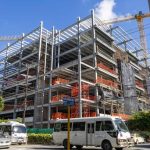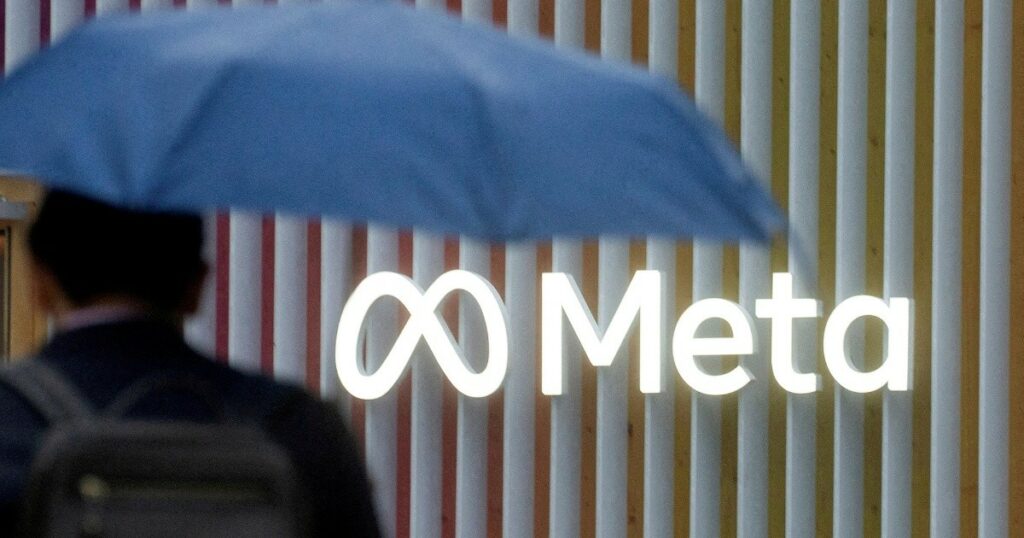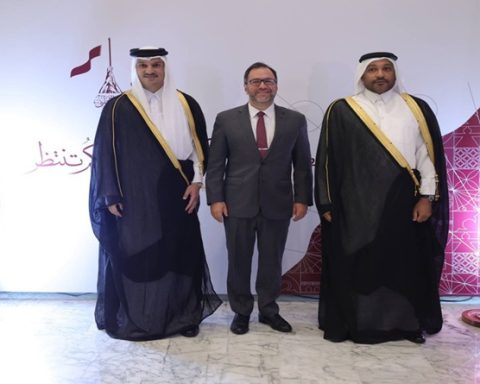A study conducted by the organization South Lighthousededicated to technologies at the service of human rights and the study of “false antennas”, revealed that in Nicaragua there are around 39 antennas that allow the capture of information from citizens’ cell phones.
The study of the Chilean team showed that in the 2G network of Latin American countries, Nicaragua has the anomalous operation of 23 false antennas and other irregular signals in Estelí, Matagalpa, Jinotega and mainly in Managua. Regarding the protection monitoring of fake 4G antennas in Managua, it registered 16 irregular signals in five points of the capital, among which the area between the Loma de Tiscapa and the Hugo Chávez roundabout stands out.
Related news: Intimidation against priests in Nicaragua intensifies with “threatening police visits”
The red dots marked in Managua by South Lighthouse They reflect that in addition to the Hugo Chávez roundabout they are located in the vicinity of Altos de Motastepe, the Managua International Airport and the Don Bosco Youth Center. The organization’s map shows signs on stretches of highway that go from Ciudad Darío to Matagalpa and on the highway that connects this city with Jinotega.
The monitoring of Latin America focuses on the use of IMSI-Catchers devices, and they have done so in the 2G telephone network carried out in the cities of Ecuador, El Salvador, Colombia, Chile, Argentina, Venezuela, Bolivia and Nicaragua.
The irregular signals on the 2G network were recorded at the National Autonomous University of Nicaragua (UNAN-Managua), the Judicial Complex of Managua, District One of the Police, the Jorge Navarro National Penitentiary System, known as “La Modelo”, the Augusto C. Sandino International Airport, the bus terminal in the Roberto Huembes Market and sectors surrounding Multicentro Las Américas.
As Ricardo Balderas and Eduard Martín-Borregón explain in their op-ed in the Washington Post, once an IMSI Catcher is connected, the system has the ability to identify the SIM card, listen to phone calls, see which Internet pages internet you connect and locate if you are within the radius of action of the antenna.
Related news: McFields compares Nicaragua to North Korea for imposing “movie police”
“A network of false antennas – located in strategic places in a city – can know who is coming and going on the main roads, who has just landed on a plane or who is and what they are saying during a demonstration in the city. This is currently happening in Latin America and is a threat to the privacy of citizens. Governments, whether by action or omission, are being complicit,” highlights the American newspaper.
«The social control of the territory and of the citizens that inhabit it from these false antennas borders on Orwellian paradigms. The results of FADe and SeaGlass suggest that the majority of large cities in Latin America are also being spied on with this technology, under the pretext of security”, adds the letter.
For these studies, the South Lighthouse organization adapted the methodology SeaGlass from the University of Washington, in which a mobile device collects all the information received and then performs 21 tests that look for inconsistencies, suspicious configurations and compare coverage maps.

















